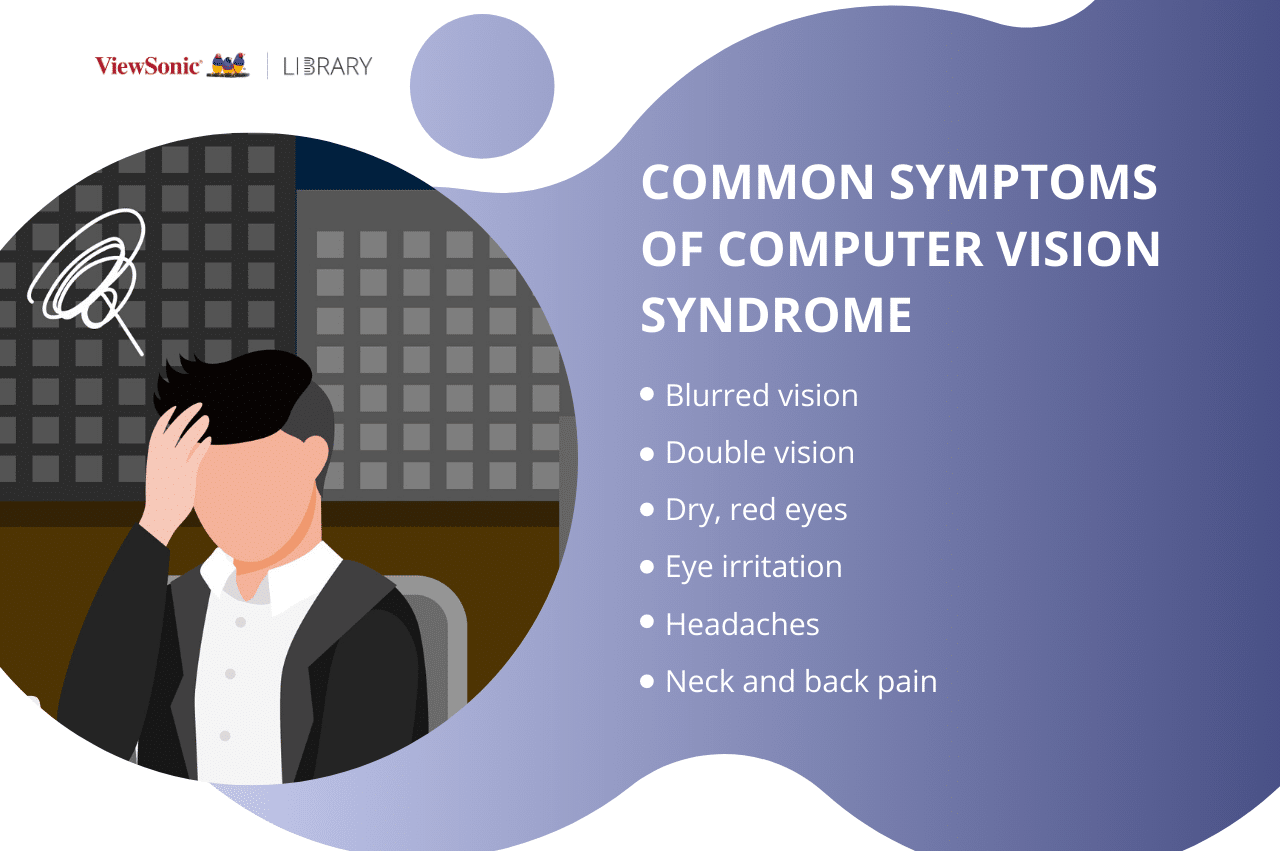Blue Light Blocking Lenses: ECPs Helping Cut Through the Clutter
By Sara Frye, OD, MPH, FAAO August 12, 2021
We are surrounded by electromagnetic waves of all sorts on a daily basis. We characterize them based on their wavelength, from shorter gamma rays and X-rays to longer radio waves and microwaves. We don’t see most of them, except for those that fall in the visible light spectrum. Blue light falls on the shortest end of the visible light spectrum, ranging from roughly 380-500 nm in length. These shorter wavelengths emit more energy than their longer counterparts.
Blue light is emitted from natural sources, such as sunlight, as well as man-made technology, such as light-emitting diodes (LEDs). LEDs are used in everything from lightbulbs to computer screens. For that reason, we are exposed to more blue light nowadays than we ever have been in the past. Digital device screens are also used within very close proximity to the eyes, unlike watching television. The ubiquity of this high energy light in our life today has brought its safety into question.
 It’s important to remember that blue light does have positive effects too, as it plays a critical role in our circadian rhythm. Exposure to natural sunlight during the day helps with alertness, memory, reaction time, and mood. However, in this day and age, our blue light exposure often doesn’t stop when the sun sets. Blue light has been found to be disruptive to our natural circadian rhythm, likely through its effects on melatonin production. This chronic impairment of the circadian system has been linked to several diseases, including obesity, psychiatric illness, and cancer.
It’s important to remember that blue light does have positive effects too, as it plays a critical role in our circadian rhythm. Exposure to natural sunlight during the day helps with alertness, memory, reaction time, and mood. However, in this day and age, our blue light exposure often doesn’t stop when the sun sets. Blue light has been found to be disruptive to our natural circadian rhythm, likely through its effects on melatonin production. This chronic impairment of the circadian system has been linked to several diseases, including obesity, psychiatric illness, and cancer.
In an ideal world, we would all stop using our devices when the sun goes down. More realistically, when work or play calls, we take out our cell phones, tablets, or computers and subject ourselves to more blue light exposure. The body becomes confused, as this light simulates daylight and throws off our perception of time of day. That’s where blue light blocking technology comes in. Blue light blockers came out in the 1980s, and were originally used for space travel. Astronauts needed effective eye protection from the powerful radiation in outer space. Since then, with increased use of LED technology in our society, blue light blockers have been popularized for use by the general public. These days, many optical manufacturers have come out with their own version of blue light coatings for use in prescription eyeglasses. Blue light blockers have also become widely available in over-the-counter glasses marketed to gamers, young professionals, students, office workers, and children. The coatings tend to have a visibly blue hue to them, depending on the manufacturer. It is usually fairly subtle, but some people dislike the cosmetic appearance of these lenses. In a meta-analysis looking at the effect of blue light-blocking spectacles on sleep, there appeared to be a demonstrable improvement in sleep efficiency and total sleep time. Subjects also reported a marked improvement in quality and duration of sleep with their use.
 Computer vision syndrome has been on the rise with increasing screen time. Symptoms such as eyestrain, headaches, blurred vision, and dry eye plague many Americans today. There are several underlying reasons for these symptoms, including improper viewing distance, poor posture, uncorrected refractive error, and diminished blinking. These issues likely won’t be remedied by wearing blue blocking lenses. However, glare and lighting also play a role, and blue light blocking glasses have shown to improve symptoms in this regard.
Computer vision syndrome has been on the rise with increasing screen time. Symptoms such as eyestrain, headaches, blurred vision, and dry eye plague many Americans today. There are several underlying reasons for these symptoms, including improper viewing distance, poor posture, uncorrected refractive error, and diminished blinking. These issues likely won’t be remedied by wearing blue blocking lenses. However, glare and lighting also play a role, and blue light blocking glasses have shown to improve symptoms in this regard.
Because of its proximity to UV light, there’s been some question as to whether blue light could cause damage to ocular structures. While UV light tends to be filtered out by the anterior structures of the eye, blue light is able to penetrate to the deeper tissues. Because of this, some have postulated that blue light could contribute to macular degeneration; however, there’s been no conclusive evidence of this as of yet.
Sales for blue light blocking glasses have been increasing, especially in light of the pandemic increasing our screen time. The market is expected to reach $28 million in 2024, up from $19 million in 2019. This is bringing rising competition to the sector, encouraging innovation. The top player in this market has been JINS, followed by Essilor and ZEISS.
Anecdotally, many people report improved quality of vision, decreased eye strain, and diminished fatigue with the use of blue light blocking lenses. While some may argue that there is insufficient evidence to recommend their use, they certainly don’t seem to cause any harm. Although blue light blockers are not known to decrease the risk of eye disease, some people may still choose to wear them as an extra measure of protection. If anything, wearing blue light blockers could make for a better night’s sleep, and that’s well worth it!